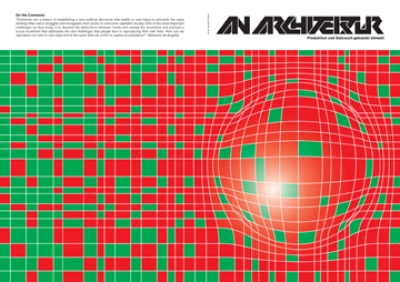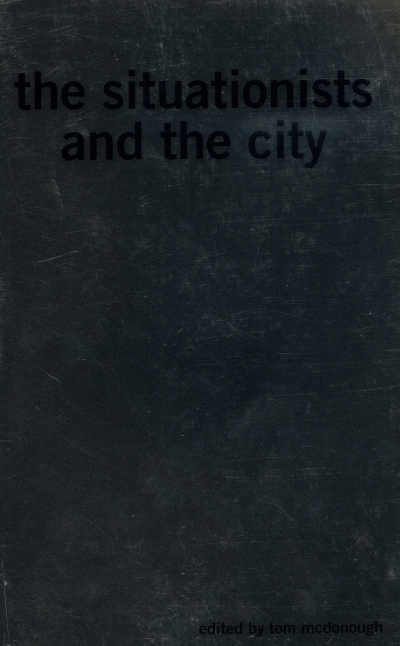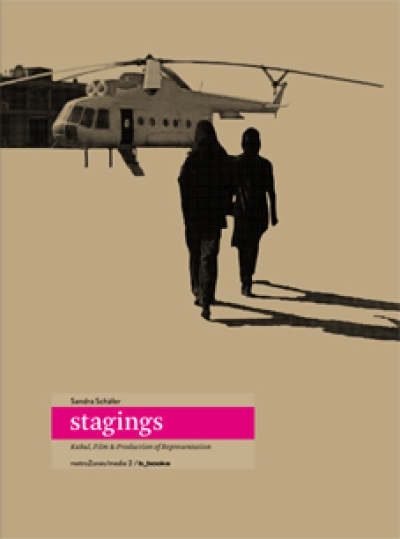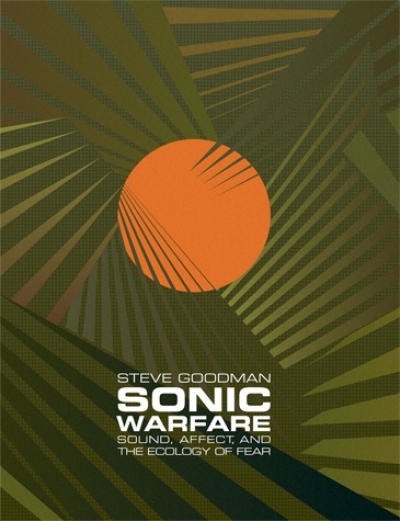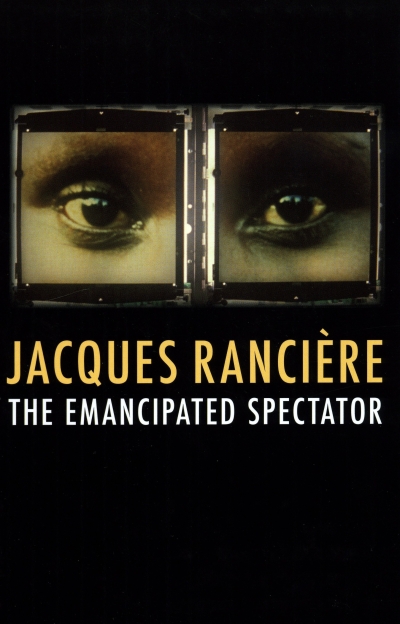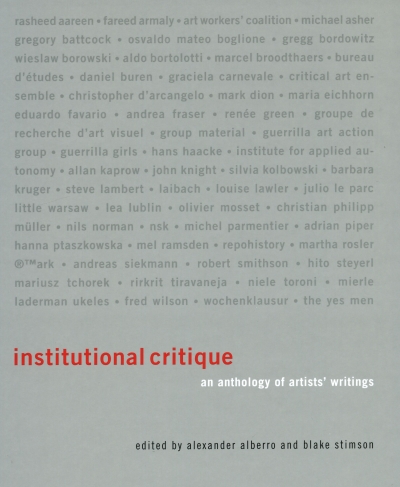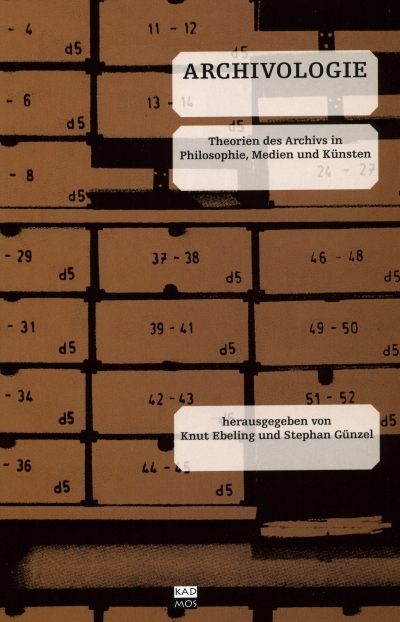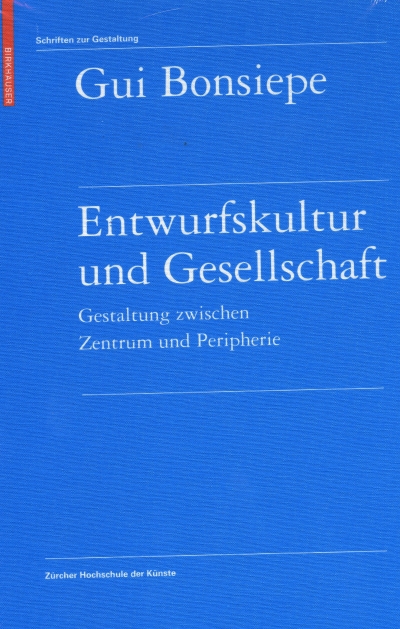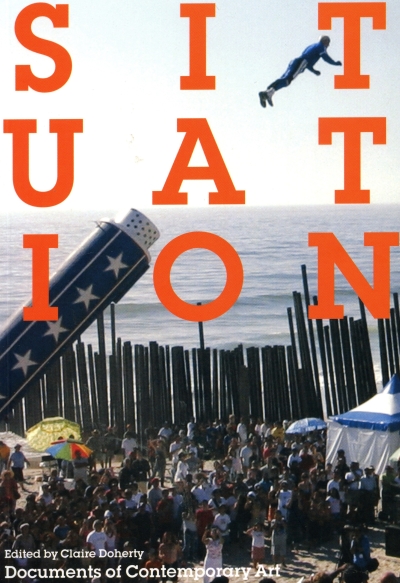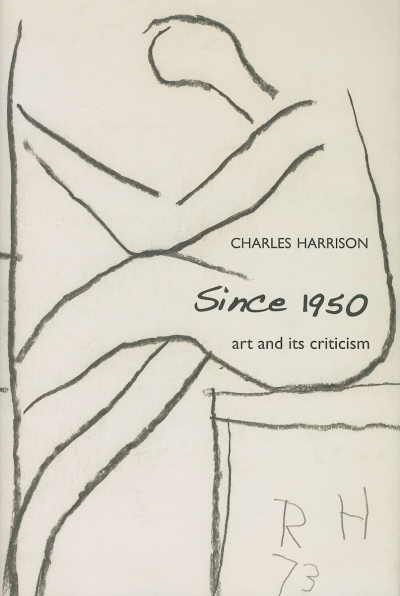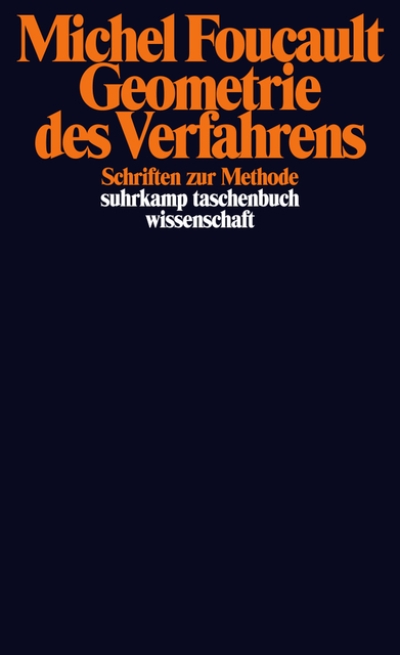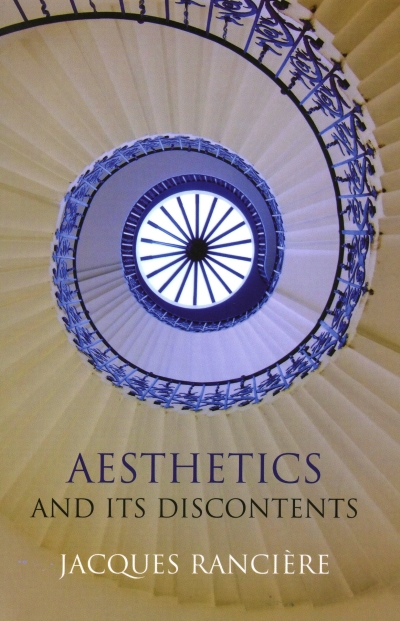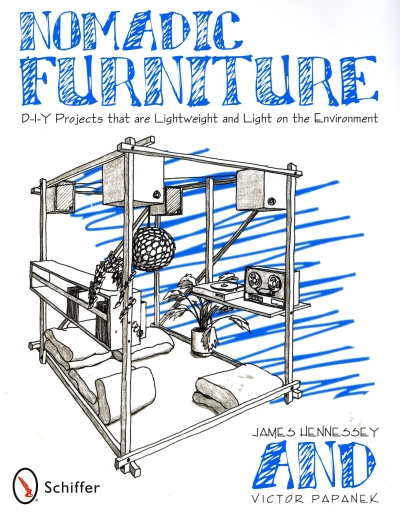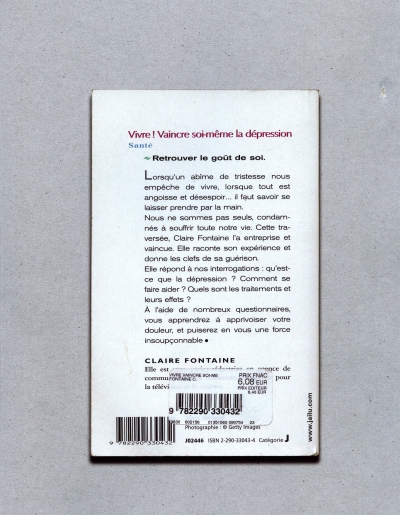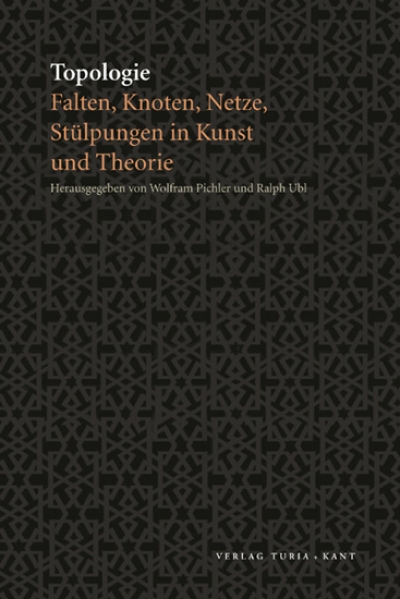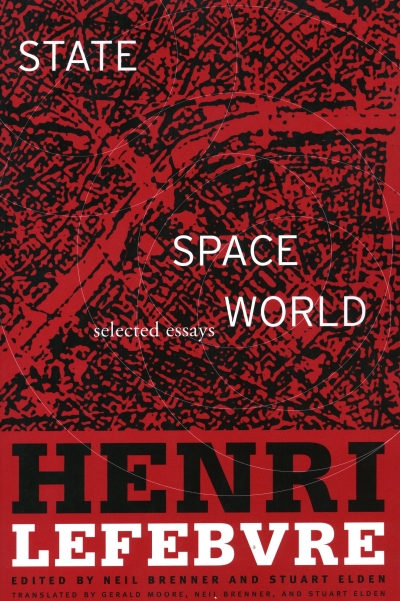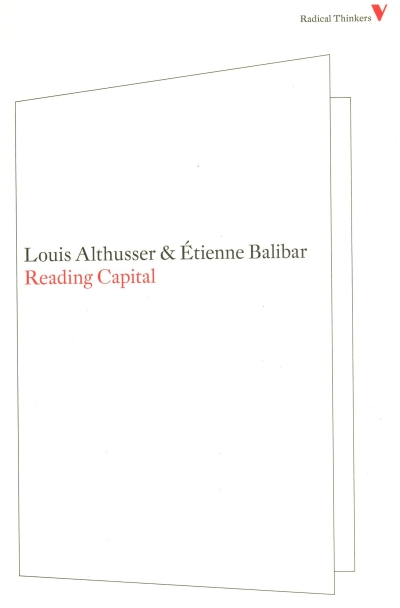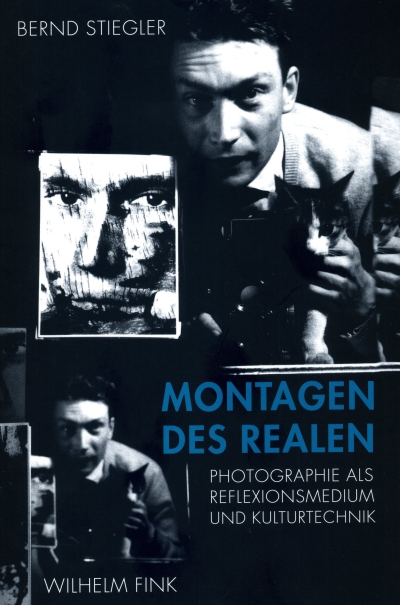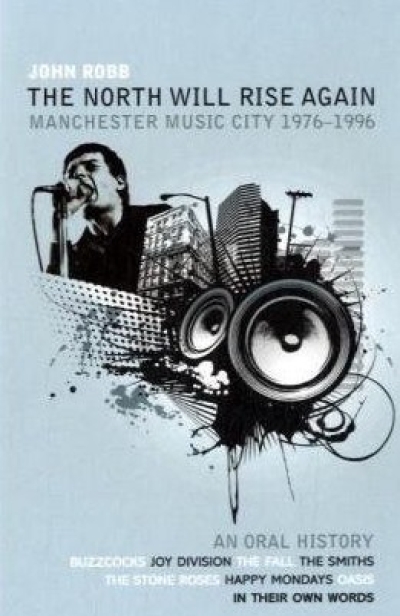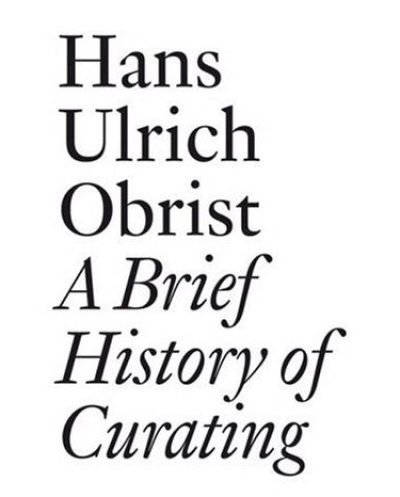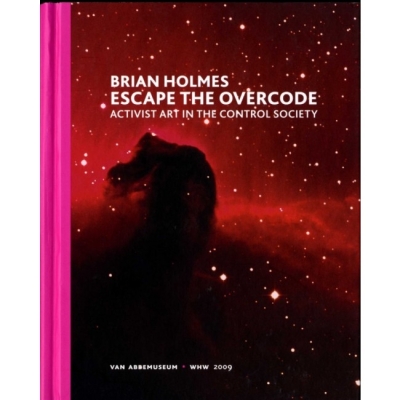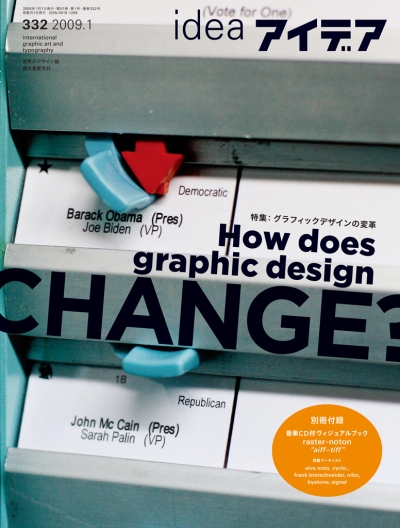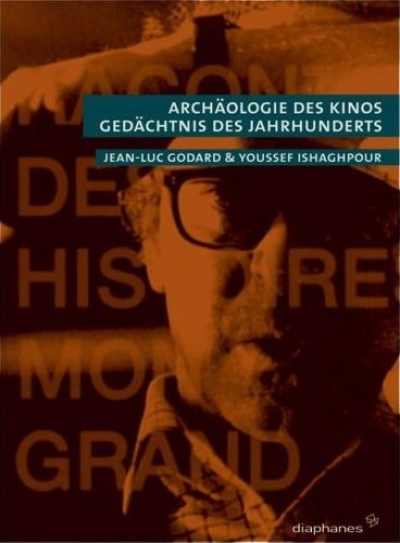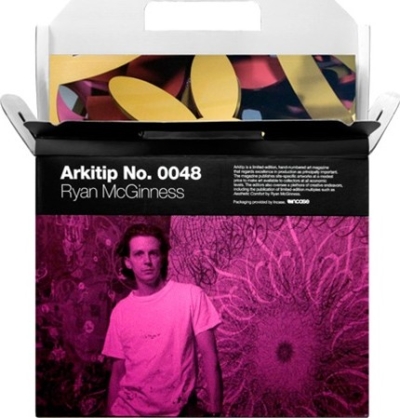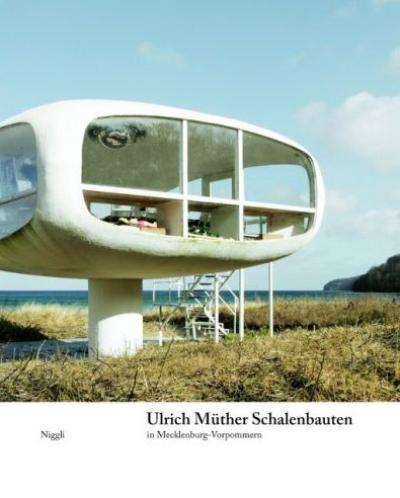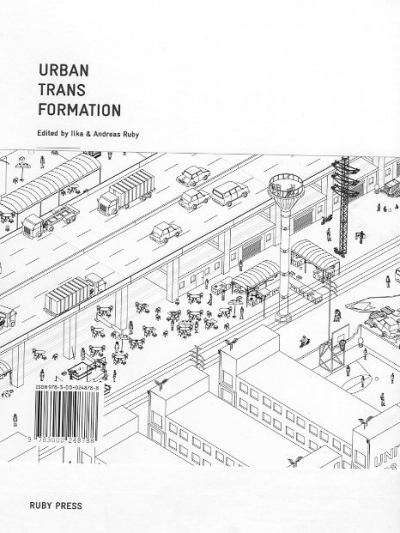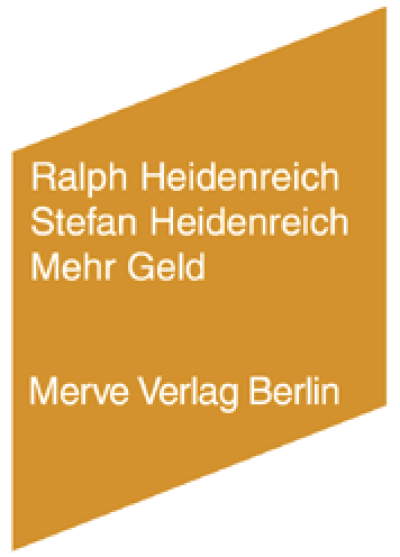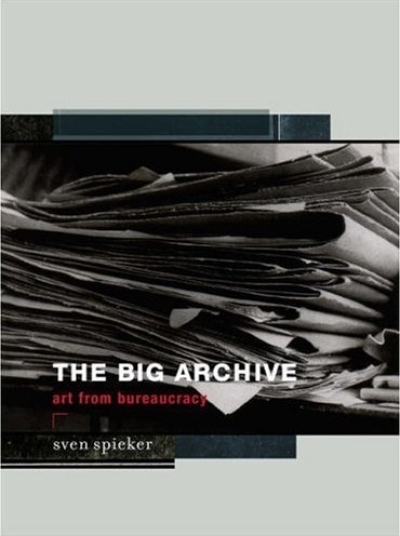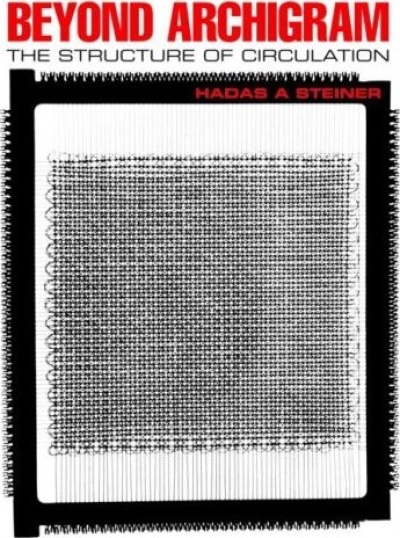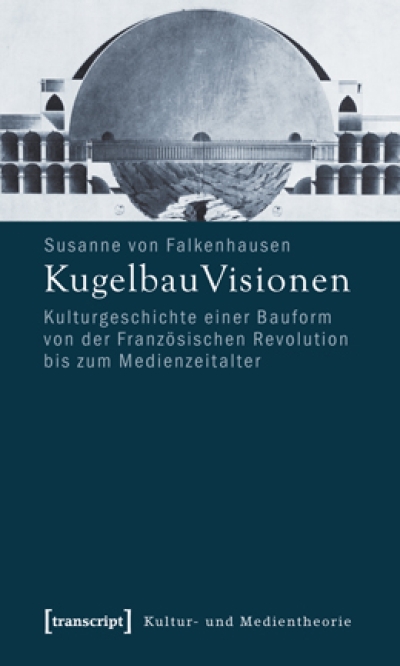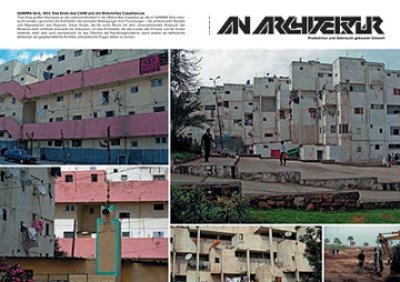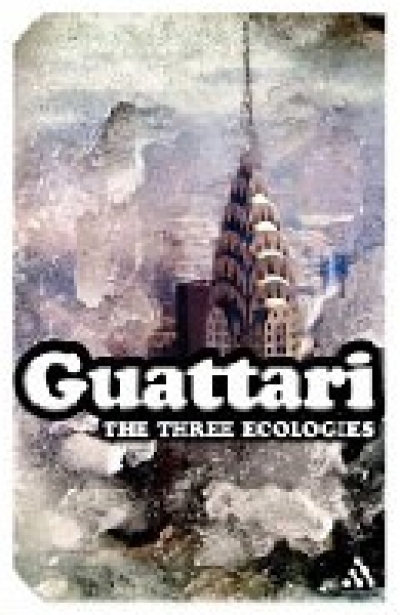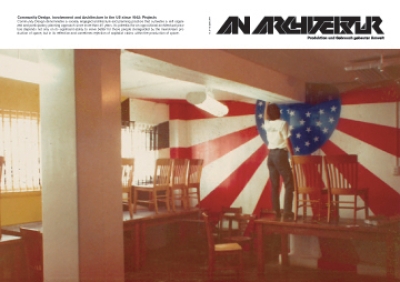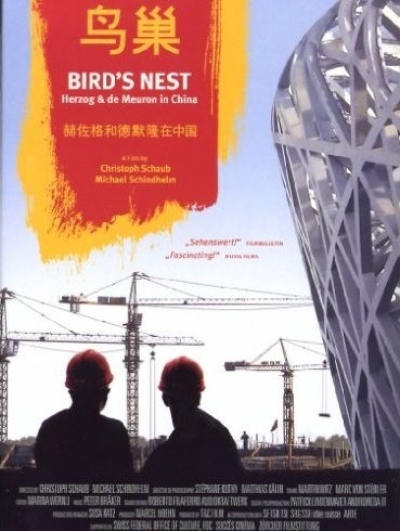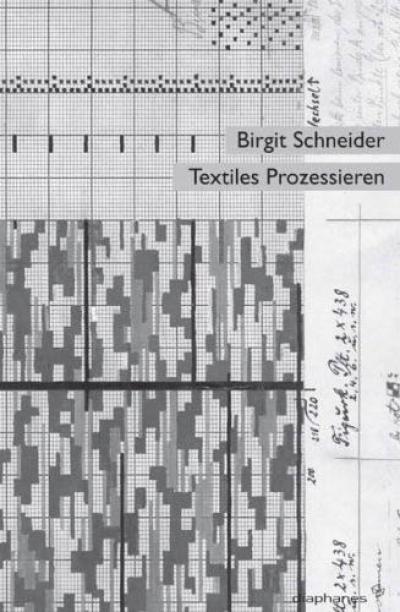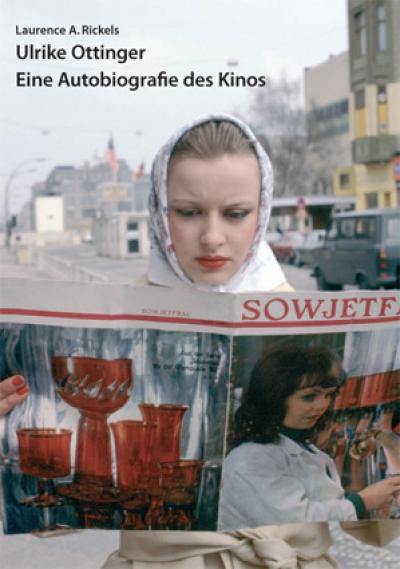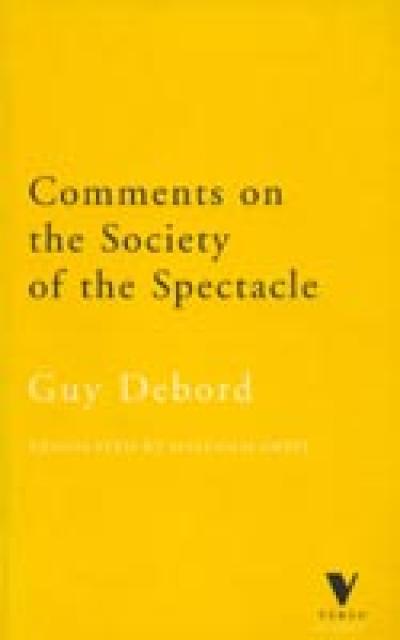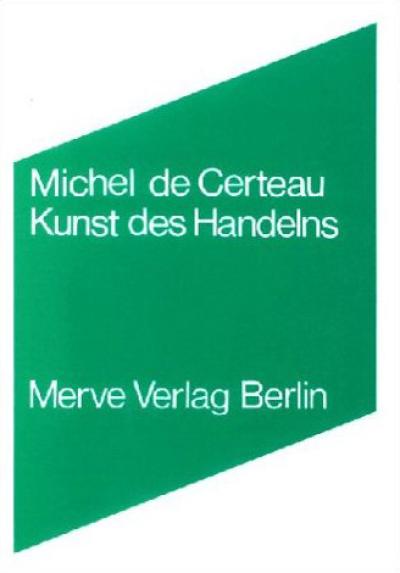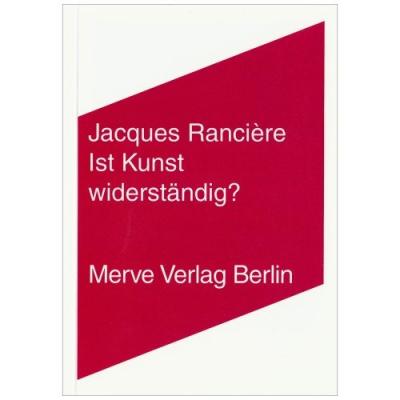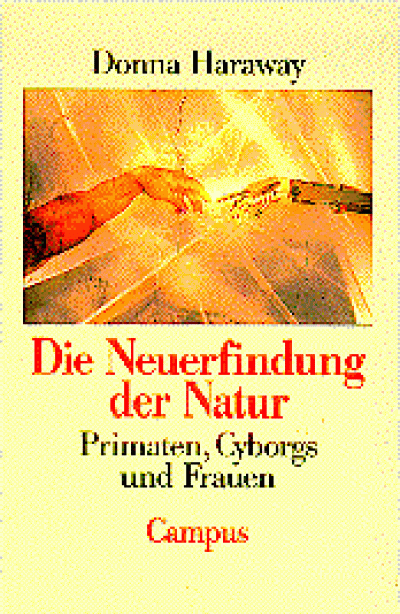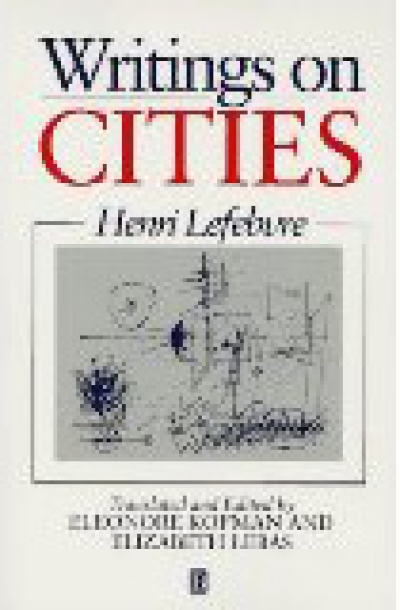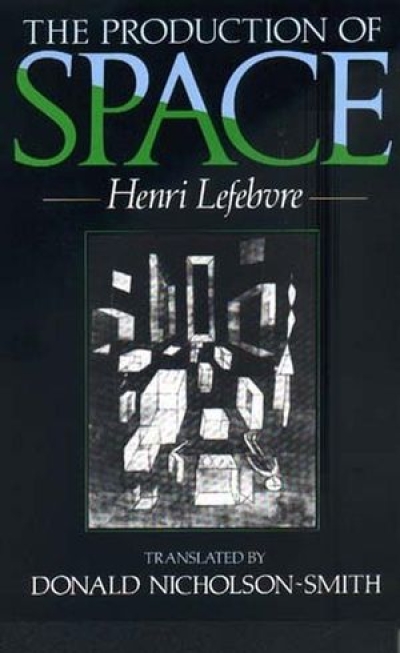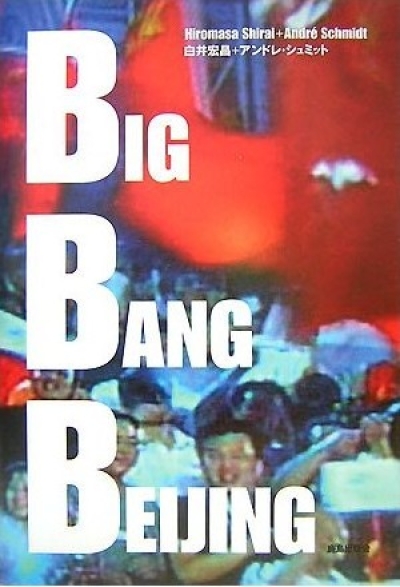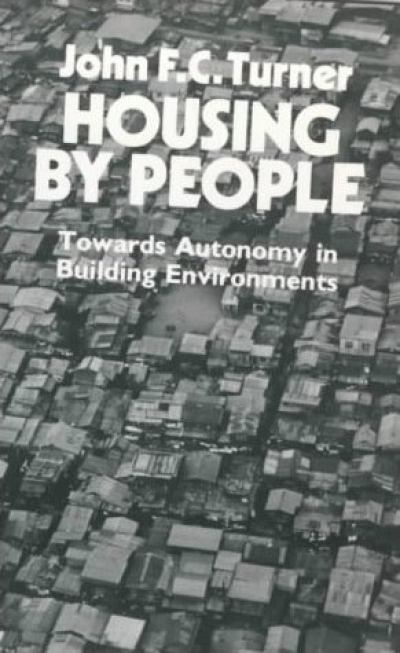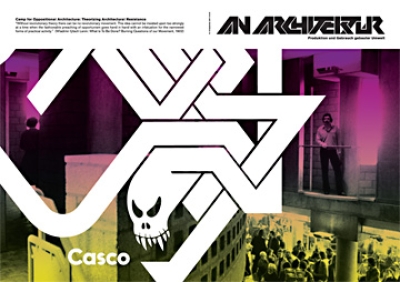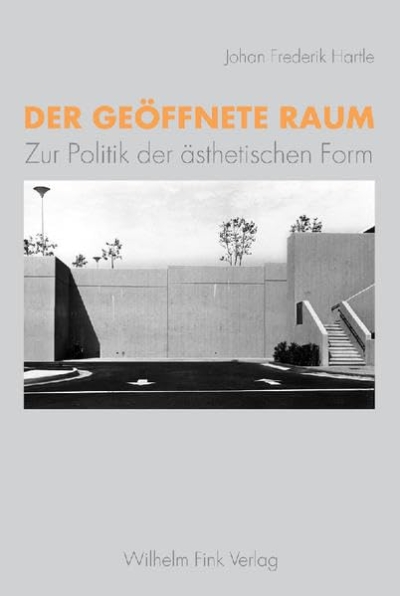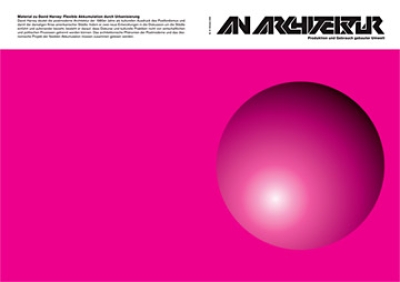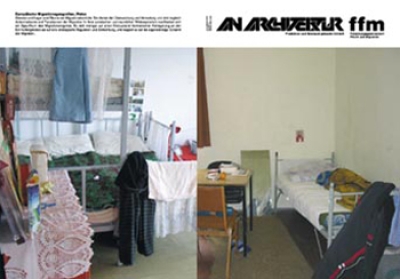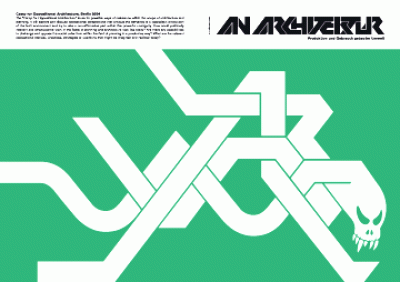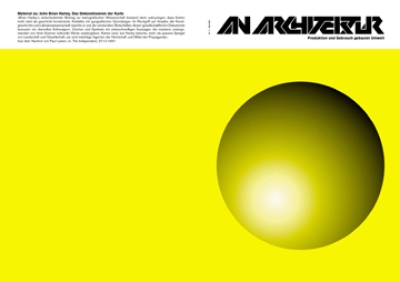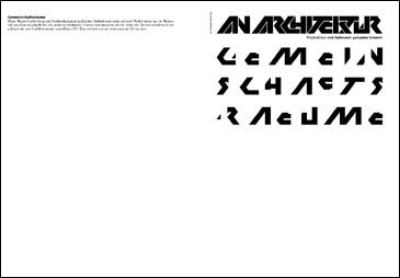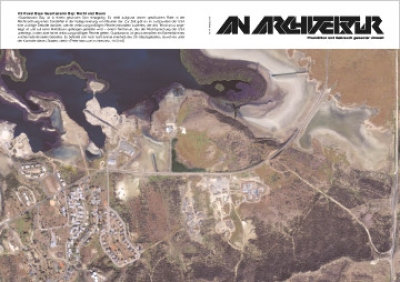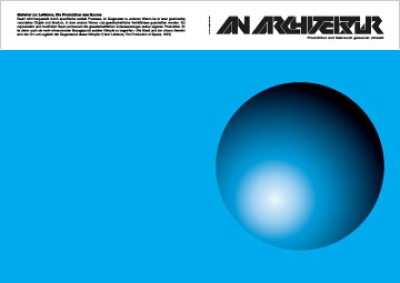
How To Make A Happening CD
Forget all the standard art forms—don’t paint pictures, don’t make poetry, don’t build architecture, don’t arrange dances, don’t write plays, don’t compose music, don’t make movies, and above all don’t think you’ll get a happening by putting all these together.
Produced by Primary Information in cooperation with the Allan Kaprow Estate.
Reproduced by permission of the Research Library, The Getty Research Institute, Los Angeles, California (980063).
Thanks to Gallery Hauser & Wirth Zürich London, Tony Alden, Chris Freeman, Colin Marston, David Platzker, and Michael Skinner. Special thanks to William Bahan for CD layout.
This recording was originally released as an LP in 1966 by Mass Art and later distributed by Something Else Press.
Title is silk-screened in red on the jewelcase. Comes with a cardboard insert.
Limited edition of 1000.
Primary Information is pleased to announce the CD release of Allan Kaprow’s How to Make a Happening LP—making it available on a wide scale basis for the first time in the title’s history. Originally released by Mass Art in 1966, the record never saw thorough distribution as the publisher went bankrupt shortly after its release. Later, in 1968, How to Make a Happening was distributed on a limited basis through Something Else Press—A laminated and silk-screened cover by Alison Knowles distinguished this edition from its predecessor.
The CD will be released on September 2nd and available through international music and artists’ books distributors as well as on Primary Information’s website for $18.00. On October 11, Primary Information and the Estate of Allan Kaprow will celebrate the release with a one-night event at Maccarone Gallery in New York City. Titled How to Make a Happening for 100 Radios, the event (as the title implies) will feature the piece played out by 100 FM radios endlessly throughout the evening.
Simple in construction, yet profound in context, How to Make a Happening is Allan Kaprow delivering 11 rules on how, and how not, to make a Happening, an movement begun by Kaprow in the late fifties that is known for its unpredictability, open scores, and constantly-evolving form.
On the first track, Kaprow speaks plainly into a microphone, delivering a private cut-to-the-chase style instruction on Happenings that is both informative and contradictory. Kaprow, known as a great teacher of the avant-garde (from Rutgers to Cal Arts to finally University of California, San Diego), delivers both a practical and theoretical how-to with an oftentimes dead-pan humor.
On the second track, which is constructed like the first, Kaprow reads the program and notes of three recent Happenings (Soap, Calling, and Raining), which serve as loose instruction, as they involve improvisation and forces beyond human control, such as acts of nature and other uncontrolled environmental forces. These elucidations further provide a clear, if somewhat circumstantial, distinction of what does and does not constitute a Happening.
Perhaps, one of the more astonishing values to this recording is that it reflects and informs on a movement that fifty years on has come be seen as a seminal shift in postwar contemporary art and performance, yet is discussed by its founder without this hindsight—it lacks sentimentality and most of all it lacks a sense of its relevance within this history. In fact, Kaprow shrugs off its place in the arts—its rejections of their strategies become a starting point if not a hallmark of the Happening, as he claims in rule number one:
Forget all the standard art forms—don’t paint pictures, don’t make poetry, don’t build architecture, don’t arrange dances, don’t write plays, don’t compose music, don’t make movies, and above all don’t think you’ll get a happening by putting all these together.
How to Make a Happeningis being re-issued with the cooperation of the Estate of Allan Kaprow and the Getty Research Institute. Each CD is packaged in a hand-silkscreened jewel case that replicates the laminated edition by Alison Knowles and Something Else Press while preserving the original artwork carried out by Mass Art.
CD
5 x 5.5 inches
24:43 minutes
Edition of 1000
September 2008










